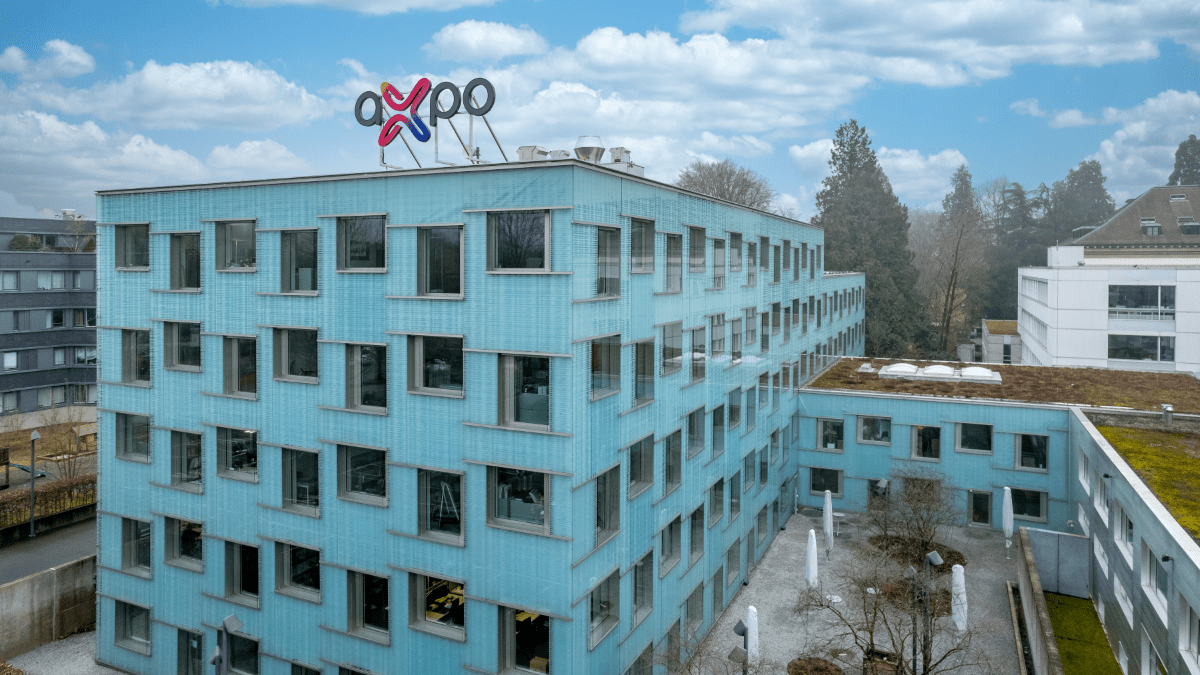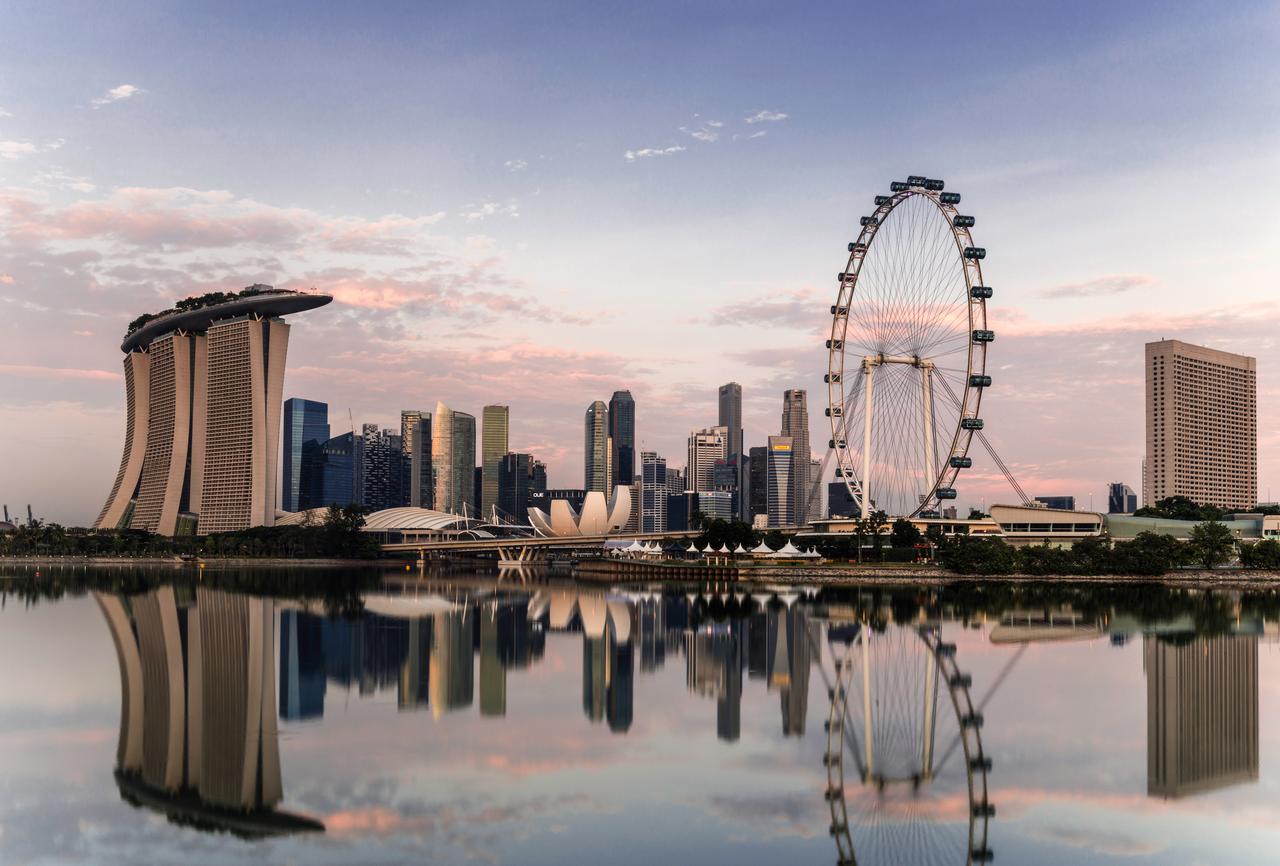30.07.2018 | Energy facts and figures
Let there be light
Energy is an important factor in our modern way of living. It provides power, allows us to work, keeps our homes warm or cools them down in summer. You will find a colourful mix of energy facts below.
Power consumption in Switzerland
Where do the Swiss use the most electricity in their homes? The title is a hint: The most power is used for general building technical infrastructure (15%), followed by lighting with 13 per cent. More details are available in the graphic.
Hydropower is top
Switzerland - thanks to its topography and high precipitation - is among the leaders in hydropower generation. Over 500 hydropower stations with some 160 reservoirs and about 1000 smaller hydroelectric plants generate some 36 TWh of renewable power per year. That equals nearly 60% of the entire power production in Switzerland.
Wind farms in Switzerland
Switzerland currently has 37 wind plants. The largest wind farm ist located on the Mont Croisin in the Bernese Jura. The farm includes 16 turbines with a total capacity of 37.2 MW. Switzerland has a total wind power capacity of 74.9 MW. In 2016, annual production was 108.6 GWh. The axpo subisidiary CKW operates the largest wind power plant in Central Switzerland.
The energy in food
There's a great deal of energy in our food. What if the energy from our diets was used for Christmas lighting? The energy in 100 grams of vanilla crescent cookies would suffice to operate a chain with 80 LED lights for 7 ½ hours. A portion of roast goose with red cabbage and Spätzli would last for about 36 hours.
Europe's power hub
Switzerland is Europe's power hub. The country has 41 cross-border connections to neighbouring countries. This important role is thanks to Switzerland’s central location as well as the hydropower that can be made available in seconds. Today, some 10% of the power exchanged between the 34 countries in Europe flows through Switzerland.
«Switzerland has 41 cross-border connections to its neighbouring countries and plays an important role in the supply of electricity in Europe.»Swissgrid
Watershed Switzerland
Switzerland is one of the largest producers of hydropower in the world. Axpo is the largest producer of renewable energies in Switzerland. It’s no surprise that Switzerland is called a watershed: On the average, annual precipitation is 1240 litres per square metre, which corresponds to the volume of Lake Constance with 48 billion m³.




